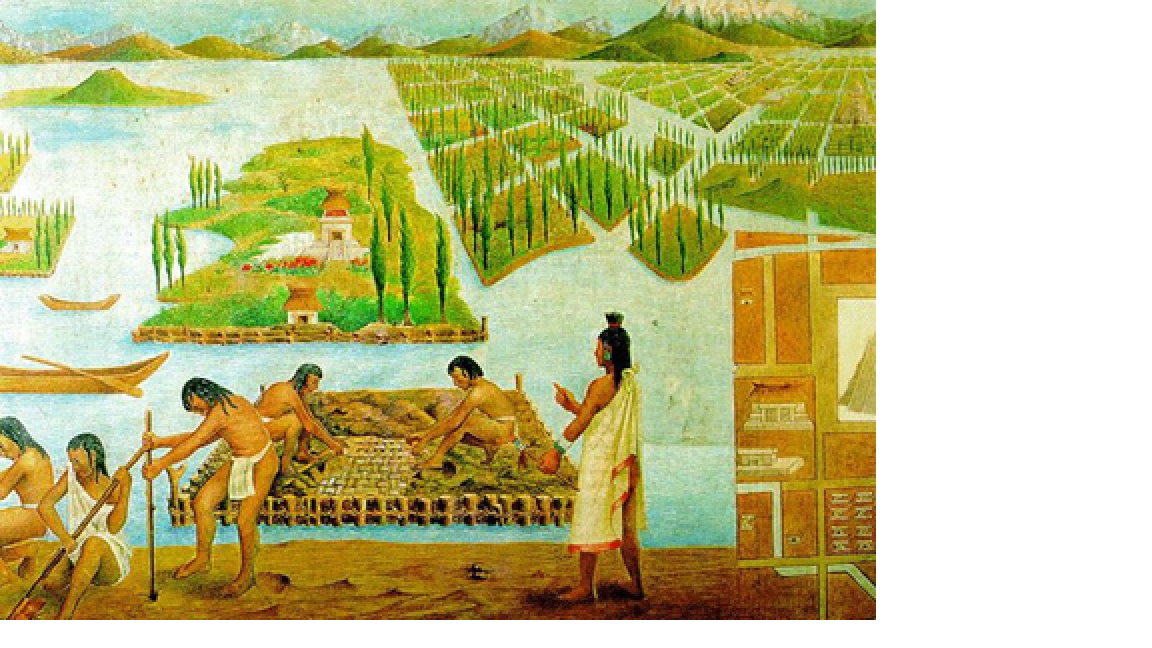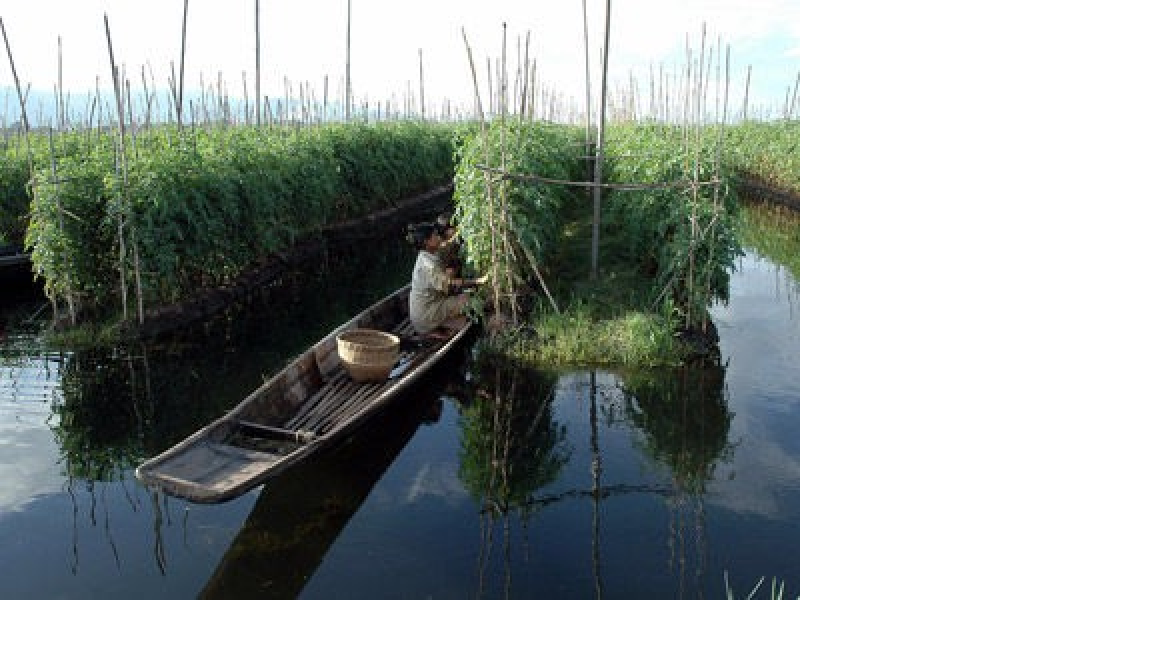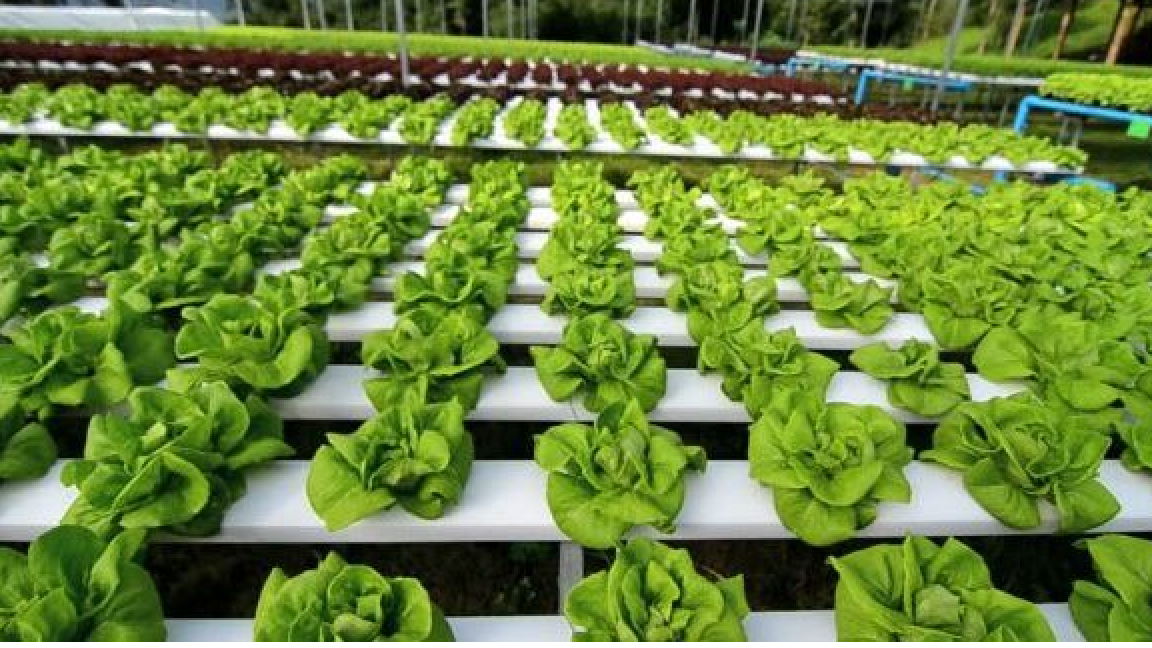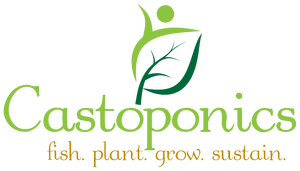Hydroponics is no new player to the game!
Our ideas of modern hydroponics vary greatly, depending on how you ask. For a lot of people however, they’re thinking of hydroponics as a modern technology (likely thanks in part, to NASA’s use of it to test growing in space). The truth of the matter is though, that hydroponics is no new player to the game. Yes, we’ve done a lot of innovating since the very beginnings of hydroponics, but that tends to happen over thousands of years. To really appreciate the legacy that our modern hydroponics come from, we should look at the history of hydroponics. At least, briefly.
It’s Got Roots in Ancient Legends
The legendary Hanging Gardens of Babylon, located in Africa on the East bank of the Euphrates River near present day Baghdad, were said to have existed around 500 B.C.E. Created by King Nebuchadnezzar II as a gift to his wife Amyitis, the hanging gardens of Babylon were one of the seven ancient wonders of the world. Scholars and archaeologists have long studied the intricate watering systems that supported the massive gardens. With elaborately tiered stones holding the plants, water was delivered through a consistent flow from central water reservoirs. The plants were kept fed and supplied with plenty of aeration through the consistent flow of water to their roots.

Similarly, ancient Egyptian hieroglyphics dating back to several hundred years BC depict the growing of plants along the Nile River without soil, as do the Floating Gardens of the Chinese, as described by Marco Polo in his famous journal.

The Aztecs of Central America developed an ingenious method of utilizing the concepts of hydroponics. Treated with hostility by their more powerful neighbors and denied any arable land, they learned how to build rafts of rushes and reeds they called chinampas.
Chinampas were stalks and tough roots that were lashed together and loaded up with sediment from the shallow lake bottom. Because the sediment came from the lake bottom it was rich in a variety of organic compounds and minerals that the Aztecs used to nourish and grow plants.

The chinampas supported abundant crops of vegetables, flowers, and even trees. The roots of the plants grew through the floor of the chinampas allowing a constant water source and root oxygenation.
The chinampas were sometimes joined together to form floating islands as much as two hundred feet long flanked by waterways and drainage canals. Some chinampas even had a hut for a resident gardener. On market days, the gardener might pole his raft close to a marketplace, picking and handing over vegetables or flowers as shoppers purchased them. Talk about local agriculture!
Greek historians have described the legendary gardens saying:
“Streams of water emerging from elevated sources flow on inclined channels. These waters irrigate the whole garden saturating the roots of the plants, keeping all the area wet. Thus, the grass is permanently green, and the leaves of the trees grow firmly attached to flexible branches.”
Chinampas continued in use on the lake well into the 19th century. Similar systems flourished in present-day Peru, Bolivia, and Ecuador well before Columbus’ arrival in the New World. Functional examples of the system persist today in Xochimilco in Mexico City and southwest Tlaxcala State, Mexico.
Much interest in hydroponics has increased in the 20th century as the agriculture industry gained interest on other large-scale agricultural operations.

What is Hydroponics ?
In 1929, Dr. William F. Gericke of the University of California effectively transformed his nutriculture laboratory into a commercial crop production operation.
First calling it “aquaculture”, he learned this term was already being used for aquatic organisms and termed his nutriculture systems “hydroponic”, meaning literally “water” (hydro) and “working” (ponos), or working water, in Greek. In other words, hydroponics is gardening without soil. Hydroponics is a method for growing plants without using soil. The nutrients that plants need to grow are put into water and then delivered to the roots of the plants directly!
Some centuries ago, botanists realized that plants absorbed nutrients via the soil that soaks around their roots, the soil acting as a nutrient reservoir material, and as a medium in which plants stabilize themselves.
If the water supplied to a plant already contains the necessary material and the plants are secured by another method or material, the soil is said to be unnecessary.
Growing food in soil can be difficult for several reasons, in particular, because of extreme temperatures, low natural precipitation, and limited arable soil. Hydroponics can be a viable option to reliably growing fruits, vegetables, and herbs, regardless of climate, soil availability or space.
Hydroponics DOES NOT NEED fungicides, pesticides, herbicides or insecticides, and its produce production and consumption pose NO threat to humans’ health or overall well-being.
Growing crops hydroponically
Hydroponic produce can be grown in a home, apartment, greenhouse, or office space. The six things needed are light, air, water, nutrients, heat, and space
Why does hydroponics work so well?
That’s simple! If you give a plant exactly what it needs, when it needs it, in the amount that it needs, the plant will be as healthy as is genetically possible. With hydroponics this is an easy task; in soil it is far more difficult.
With hydroponics the plants are grown in an inert growing medium and a perfectly balanced, pH adjusted nutrient solution is delivered to the roots in a highly soluble form. This allows the plant to uptake its food with very little effort as opposed to soil where the roots must search out the nutrients and extract them. This is true even when using rich, organic soil and top of the line nutrients. The energy expended by the roots in this process is energy better spent on vegetative growth and fruit and flower production.
If you grow two genetically identical plants using soil for one and hydroponics for the other, you will almost immediately see the difference this factor makes. Faster, better growth and much greater yields are just some of the many reasons that hydroponics is being adapted around the world for commercial food production as well as a growing number of homes, hobby gardeners.
Nutritional quality of hydroponically grown produce
No conclusive evidence is available regarding the nutritional quality of hydroponically grown produce as compared to soil-grown produce. Since hydroponics allows for control over all aspects of growing conditions, it is thought that hydroponically grown crops may eventually be superior to soil-grown crops in nutritional quality.
At University of Nevada, Reno, hydroponically grown strawberries and raspberries were compared to their soil-grown counterparts. Results indicated significantly higher levels of vitamin C, vitamin E and total polyphenolic compounds, but significantly less fructose and glucose, in hydroponically grown strawberries as compared to soil-grown strawberries. Hydroponic raspberries showed significantly lower levels of fructose and sucrose as compared to soil-grown raspberries. These findings may contribute to providing an environmentally sustainable food source in arid or urban growing conditions.
